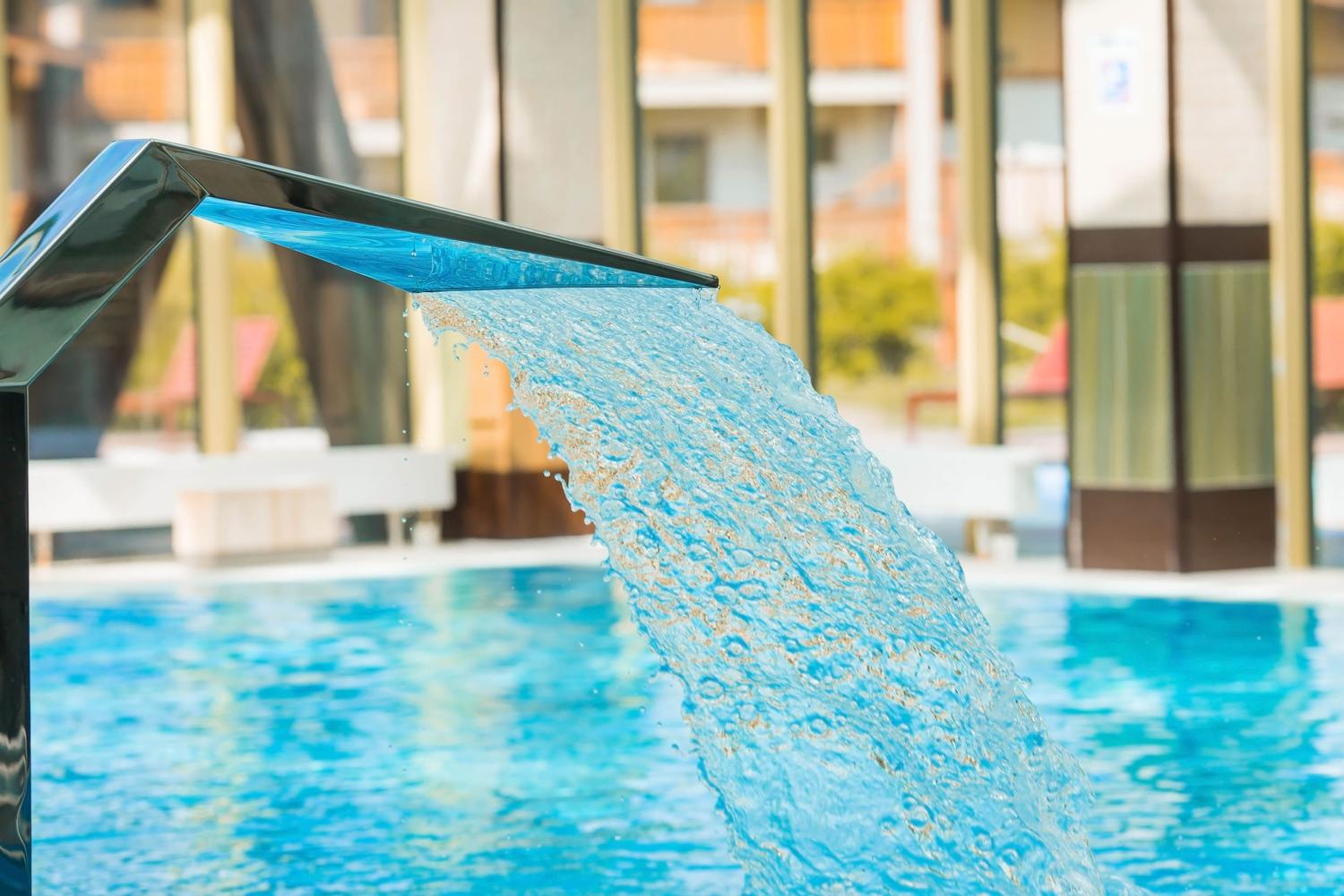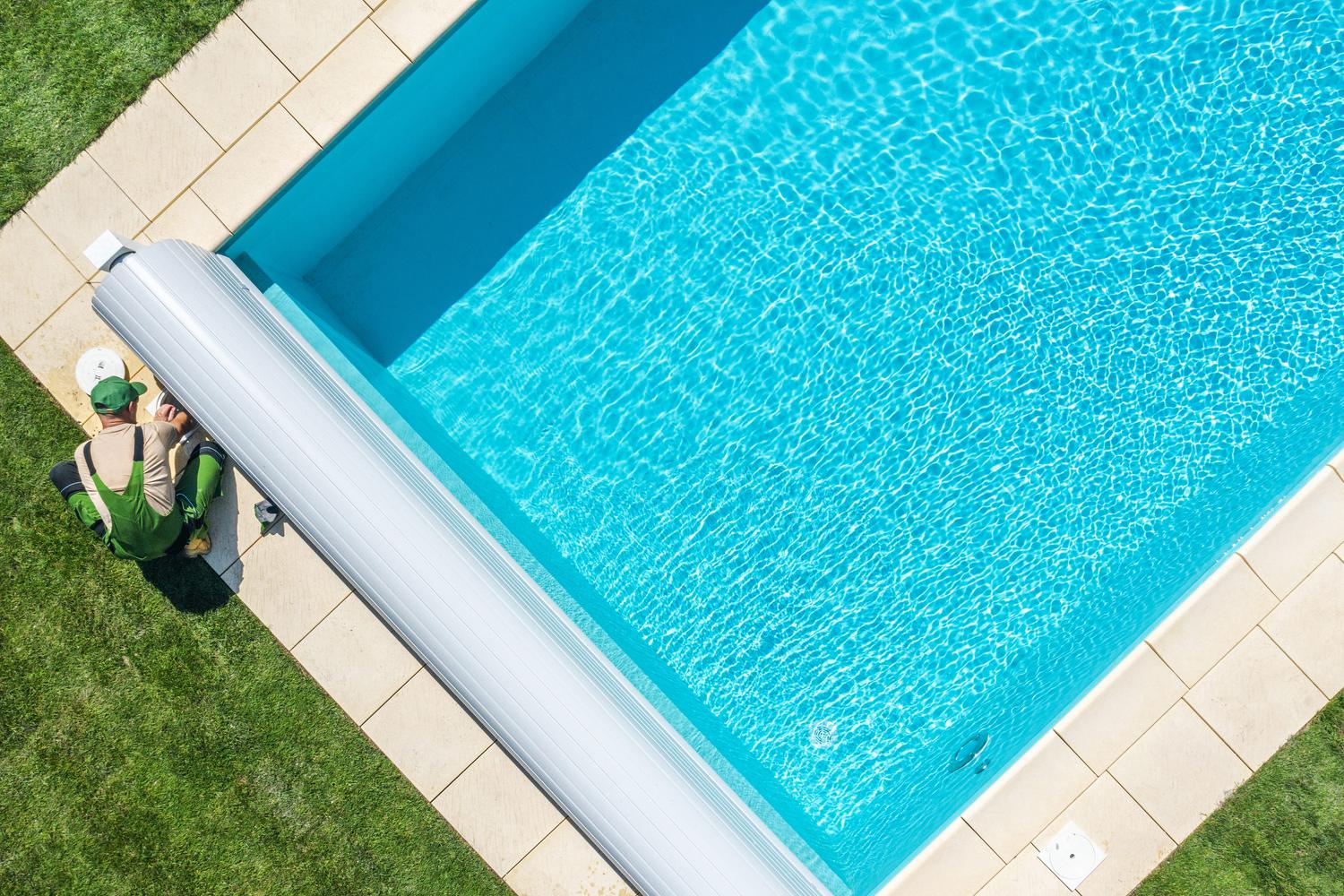Are swimming pools really water-wasters?
Dispelling the myth
Swimming pools are often criticised for being extravagant and unsustainable, especially in times of drought and growing concern over water scarcity. They are seen as luxury features incompatible with environmental responsibility. But how much water do they really consume—and are they truly to blame for excessive usage?
Looking at the data worldwide, a more nuanced picture emerges: swimming pools account for only a small share of domestic water use. When well-designed and maintained, they can even support efficient and sustainable water management.
Spoiler: evaporation is the main form of water loss—and it’s entirely controllable.

Setting the scene: The bigger water picture
Globally, water usage is dominated by agriculture (≈69%) and industry (≈19%), with households accounting for only around 8% of total fresh water use.
In Italy, swimming pools account for just 0.05% of total water consumption across all sectors, according to Assopiscine’s 2024 Water Market Study (Studio di Settore Mercato Idrico). The sector is also increasingly adopting sustainable practices, including water-saving filtration systems and high-performance waterproofing membranes.
In France, swimming pools account for only 0.1% of national water consumption, according to Piscine Global. Over the last few decades, annual water use per pool has significantly decreased—from around 43 m³ per year in the 1980s to just 15 m³ in modern installations—thanks to improvements in design, maintenance and efficiency systems.
In Spain, private swimming pools represent around 0.75–1% of municipal water consumption, including both filling and maintenance—a small proportion compared to broader city water budgets. The average daily water consumption per person was 128 litres in 2022, according to the Instituto Nacional de Estadística (INE).
In the United States, outdoor water use—including gardening, lawns and pools—accounts for approximately 30% of household consumption, with pools representing only a portion of that. The majority—70%—is used indoors, according to EPA.
What drives water loss in pools? Evaporation, not filling
Pools don’t lose water because they are constantly refilled—the real culprit is evaporation.
A study on the Balearic Islands published in the journal Water (MDPI) found that evaporation from swimming pools accounted for up to 4.9% of total urban water use in peak season, with losses reaching 9.6 litres per person per tourist-night—highlighting the importance of good design and covers in Mediterranean climates.
In public facilities, filter backwashing can waste millions of cubic metres per year if the systems are not optimised, according to the study of IWA.
Smart design can drastically cut water waste
International organisations and technical experts recommend several strategies to reduce unnecessary water loss:
Thermal and night covers: reduce evaporation by up to 90%.
Shade structures: lower water surface temperatures and slow down evaporation.
Optimised filtration and minimal backwashing: prevent avoidable losses.
Water recovery systems: essential in public or commercial settings.
Routine maintenance: to detect and repair leaks early.
These practices are endorsed by organisations such as the US EPA, Coytesa, and others across Europe and North America, and are a key part of a sustainable approach to pool ownership.

SopremaPool’s waterproofing membranes: The sustainability lever
While evaporation is natural, structural leaks are not. SopremaPool's reinforced waterproofing membranes ensure long-term watertightness, helping preserve every drop of water added to the pool.
By keeping pools sealed and secure, they help reduce refill frequency, chemical usage and energy demands for water treatment, contributing to a more sustainable pool lifecycle.

Rethinking water and pools: Facts over myths
- Household water use makes up only a small portion of global water demand—and pools just a fraction of that.
- With the right design and maintenance, swimming pools can be water-efficient and sustainable.
- Evaporation is the main source of water loss—but also one of the easiest to prevent.
- Reinforced membranes like SopremaPool’s support long-term sustainability and align with international conservation goals.
